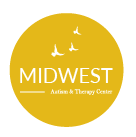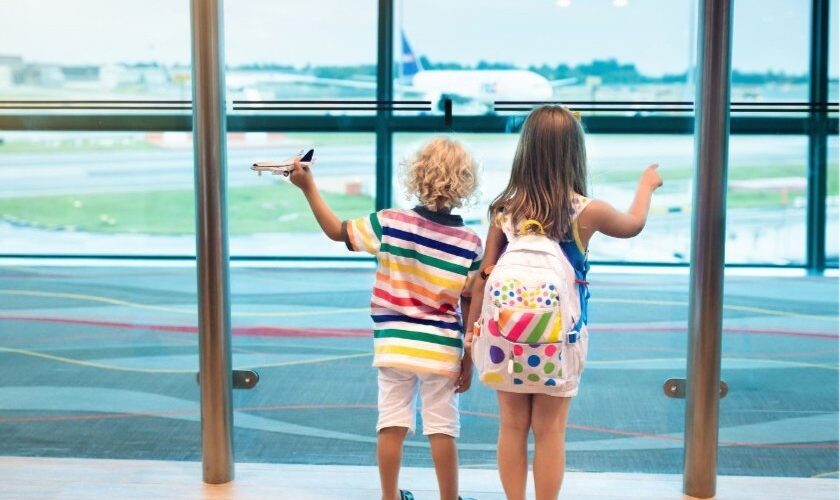Kids on the Autism Spectrum often thrive in their own spaces, with predictability and consistent routines. Traveling brings new experiences and sometimes overwhelming sensory input that can affect even neurotypical kids. Parents with a child on the Spectrum may shy away from travel because of the stress it puts on their family. And, we get it. Juggling travel plans and navigating new destinations doesn’t always equal a relaxing getaway. So, how do you prepare for summer travel? We’ve put together a list of five tips to help you navigate vacation plans this year.

1. Create a Social Story™ Narrative
If you’ve read any of our previous blog posts, you know we love a Social Story™! If you have plans to visit high-traffic/high-stimuli attractions this summer, use these tips to write a Social Story™ with your child or check the location’s website to see if have one available online!
Learn more about Social Stories.
2. Create a Schedule or Itinerary
Before you head out for your summer trips, create a schedule or trip itinerary for your child (bonus points if you let them help!). We also recommend explaining where you are going, why you are going, and what you will be doing. Breaking down each step of your trip can help your child understand what to expect. You can make this process extra fun by using tools like a Bingo card to “gamify” everything from packing to car rides. Give your child a crayon and clipboard to check off parts of the journey as you go!
3. Include Downtime and Structure
If you’re going on a longer trip build in periods of quiet time to give your kiddo (and yourself!) a space to decompress. It’s also helpful to have an “escape plan” in case overstimulation hits. We also suggest planning activities that allow for flexibility. If you start seeing signs of frustration, tiredness, or overstimulation you can adjust your day on the fly.
4. Create Consistency
It’s hard to keep a normal routine while on vacation, but even small things make a difference. For example, having breakfast at the same time each morning, keeping up with regular naps, and incorporating “normal” foods into your day can create some consistency amidst all of the changes.
5. Pack Smart
Sensory items like noise-canceling headphones, compression vests, or fidgets are an essential part of any Autism parents’ travel kit. Noise-canceling headphones can make crowded areas much more manageable and help avoid outbursts or discomfort from overstimulation. Fidgets, tablets, and other items of interest can distract from long waits in line. If you’re planning a lengthy day trip, bring a change of clothes in case fabric textures start to become uncomfortable.
For overnight trips, don’t forget comfort items your child needs for bedtime. And, we always recommend keeping some preferred foods handy. This is a game changer if your child struggles with new foods and won’t be thrilled about swapping a PB&J for chicken piccata. Keep in mind, not all attractions will allow outside food. If that’s the case, make sure there are options available that your child is comfortable with, or call the location and explain the situation.
Conclusion
Traveling with a child on Spectrum can seem daunting, but with a plan in place, you can create a memorable experience for the whole family. Keep these tips in mind and, if you’re a Midwest parent, ask your clinician for help with some travel strategies using those ABA techniques! Remember, each child is one of a kind; what works for one kiddo may not work for another. Be patient with yourself and your child as you navigate new experiences together.


